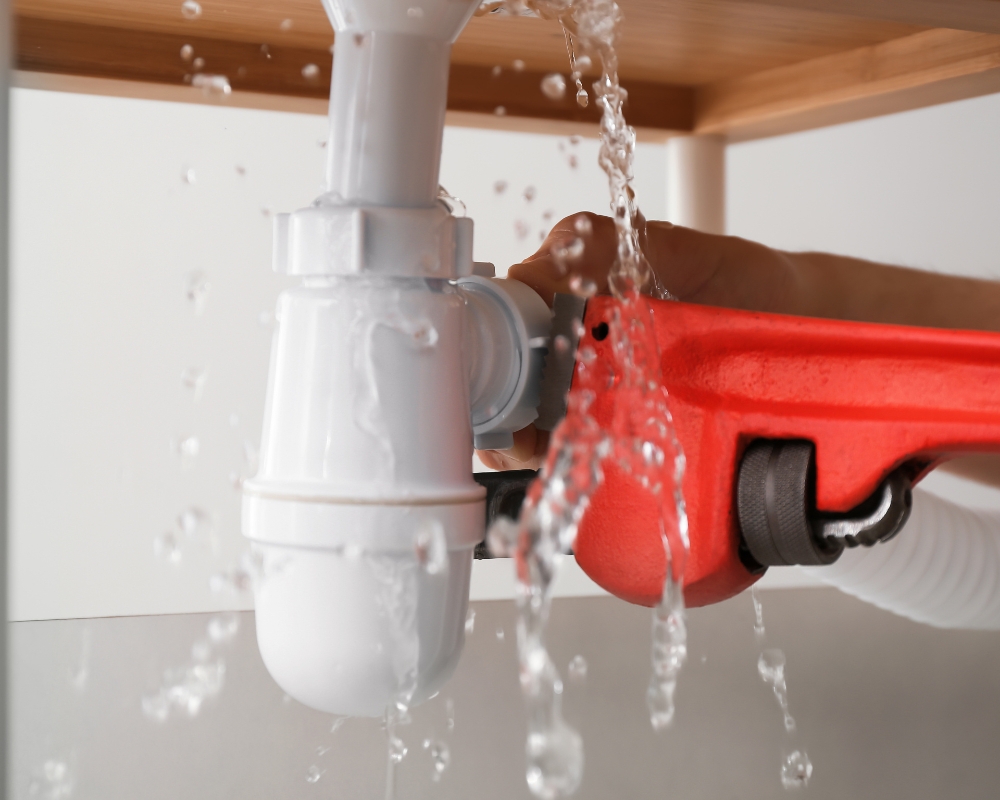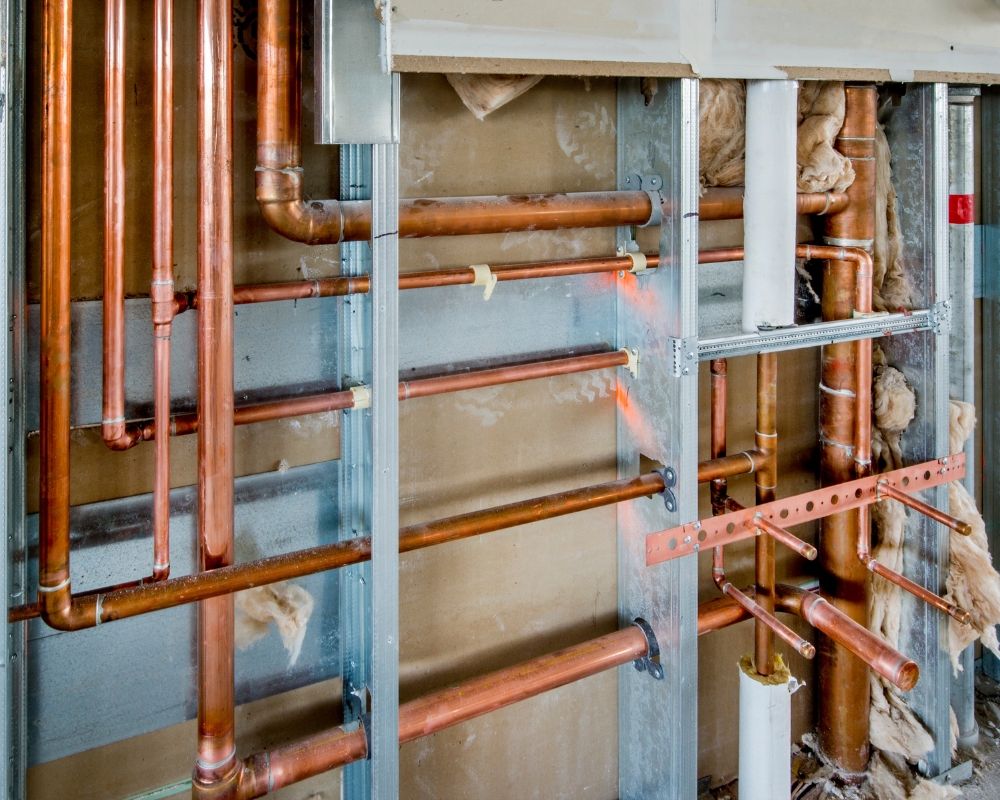What to Expect During a Professional Plumbing Inspection.

Whether you’re buying a new home, maintaining an old one, or simply ensuring your plumbing is in good shape, a professional plumbing inspection can save you from future headaches and unexpected expenses. Understanding what happens during a plumbing inspection can help homeowners prepare and potentially address minor issues before they become major problems. Here’s what to expect during a professional plumbing inspection.
1. Visual Inspection of Plumbing Fixtures
The inspection starts with a thorough visual check of all accessible plumbing fixtures, including sinks, toilets, bathtubs, and showers. The inspector will look for signs of leaks, corrosion, and wear. They will also test the faucets and toilets to ensure they are functioning properly and check for smooth water flow and proper drainage.
2. Examination of Pipes and Drains
Inspectors will check the condition of visible pipes in basements, crawl spaces, and utility rooms for any signs of deterioration, leaks, or improper installations. They will use specialized tools to inspect drain lines and check for clogs or damage. This may include a camera inspection of sewer lines and internal pipe systems to identify hidden problems like root intrusion or blockages.
3. Water Heater Inspection
The water heater is a critical component of your plumbing system. The inspector will examine it for signs of leaks, rust, and wear. They will check the age of the unit, its installation quality, and whether it meets local code requirements. Temperature and pressure relief valves will also be tested to ensure they are in good working condition.
4. Pressure Test to Identify Leaks
To ensure there are no hidden leaks, the inspector might conduct a pressure test on your plumbing system. This involves increasing the water pressure slightly to reveal any leaks that are not visible during a standard visual inspection.
5. Checking Sump Pumps and Backflow Preventers
If applicable, the inspector will check the operation of the sump pump and backflow preventers. These are vital for preventing floods and ensuring that wastewater does not contaminate your clean water supply.
6. Detailed Report and Recommendations
After the inspection, you will receive a detailed report outlining the findings. This report will include any issues discovered during the inspection and recommendations for repairs or upgrades needed to ensure your plumbing system is reliable and up to code.
A professional plumbing inspection gives homeowners peace of mind and an opportunity to correct small issues before they lead to costly repairs. Regular inspections can extend the life of your plumbing system and help maintain your home’s value.

